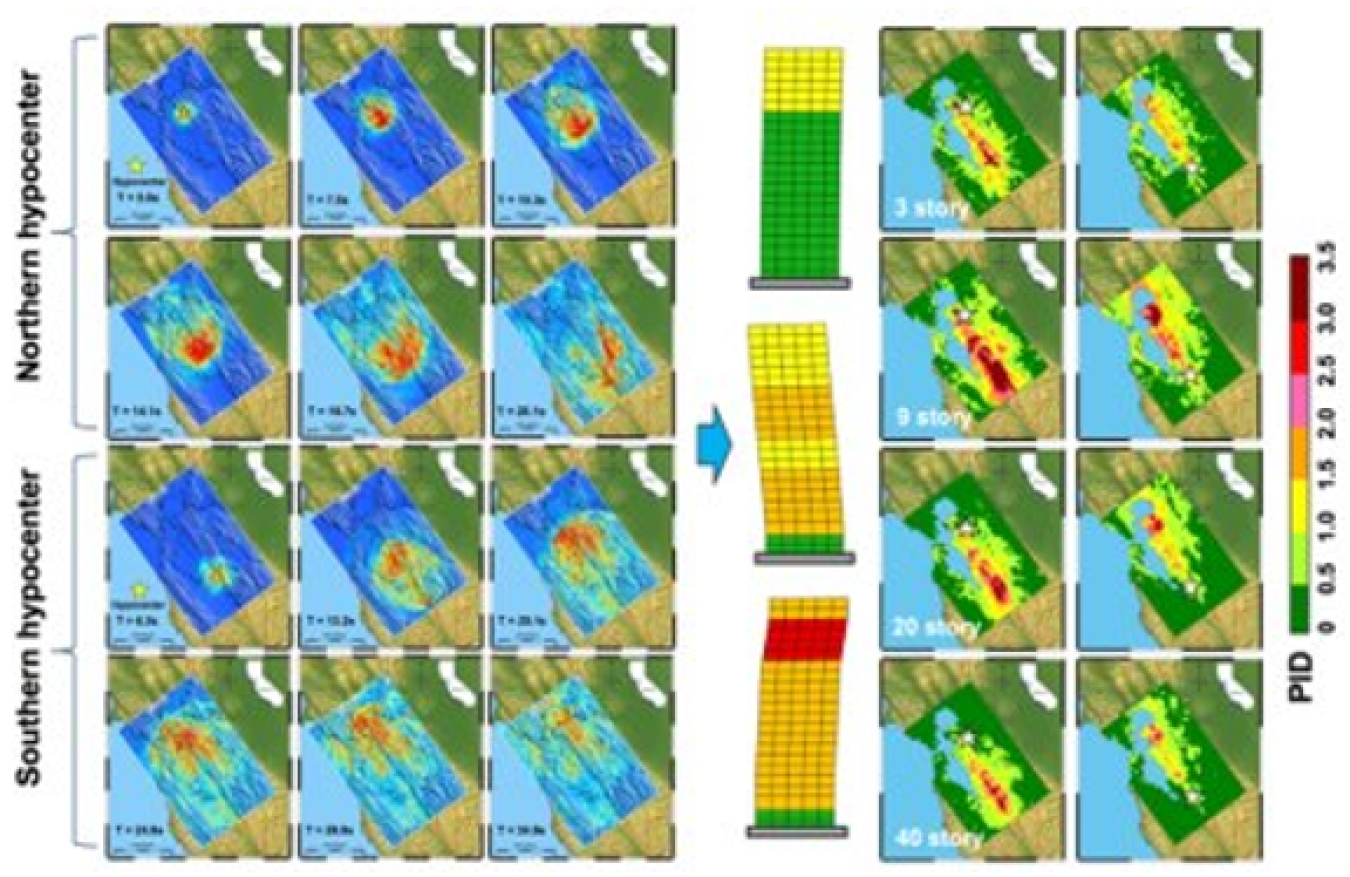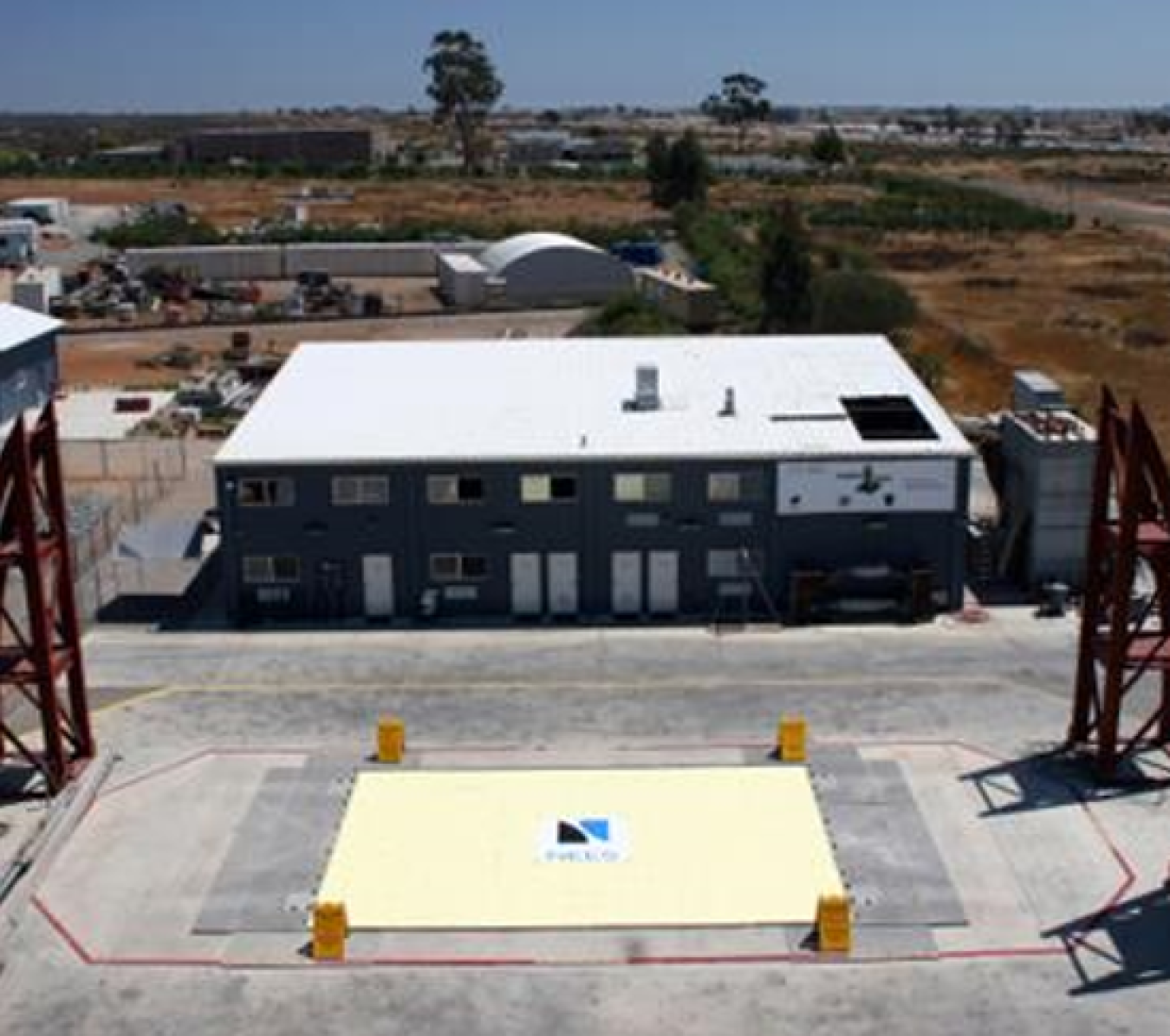CESER and Lawrence Berkeley National Laboratory release cutting-edge earthquake simulation tool and data resources.
Office of Cybersecurity, Energy Security, and Emergency Response
August 13, 2025
With earthquakes causing an estimated $14.7 billion in damages annually across the United States, the Department of Energy (DOE) is stepping up efforts to reduce the risk to critical infrastructure through a new cutting-edge simulation tool and data resources.
DOE’s Office of Cybersecurity, Energy Security and Emergency Responses (CESER) and Lawrence Berkeley National Laboratory (LBNL) recently released a Simulated Ground Motion Database (SGMD), which provides public access to important earthquake simulation data. Models showing ground motion during an earthquake can help database users identify areas that are most at risk of experiencing severe impacts from an earthquake. More importantly, utilities can use this information to create disaster response plans and make informed decisions around mitigating potential impacts to infrastructure.
“The challenge is that tremendous computer horsepower is required to do this,” says David McCallen, PhD, senior scientist at LBNL’s Earth and Environmental Sciences Area. “It‘s hard to simulate ground motions at a frequency content that is relevant to engineered structures. It takes super big models that run very efficiently.”

CESER and LBNL developed an earthquake simulation tool known as EQSIM using DOE’s exascale computing platform, the world’s fastest supercomputers. The tool models realistic scenario-specific earthquakes and the resulting damage to infrastructure, in turn populating the SGMD.
LBNL has engaged with numerous utilities that have requested simulation results and expressed interest in the SGMD. Additionally, other Federal agencies will use earthquake modeling results from the New Madrid Seismic Zone, a major seismic area in central United States, to inform their disaster plans. CESER and LBNL continue to implement regional earthquake simulations, which will enhance the database for future use and further protect critical infrastructure from earthquake damage.
CESER has also partnered with Idaho National Laboratory (INL) to conduct the first ever shake table test of a large power transformer in 2026. CESER, LBNL, and INL will then pair this data with the SGMD to inform grid equipment designs and earthquake mitigation strategies.

